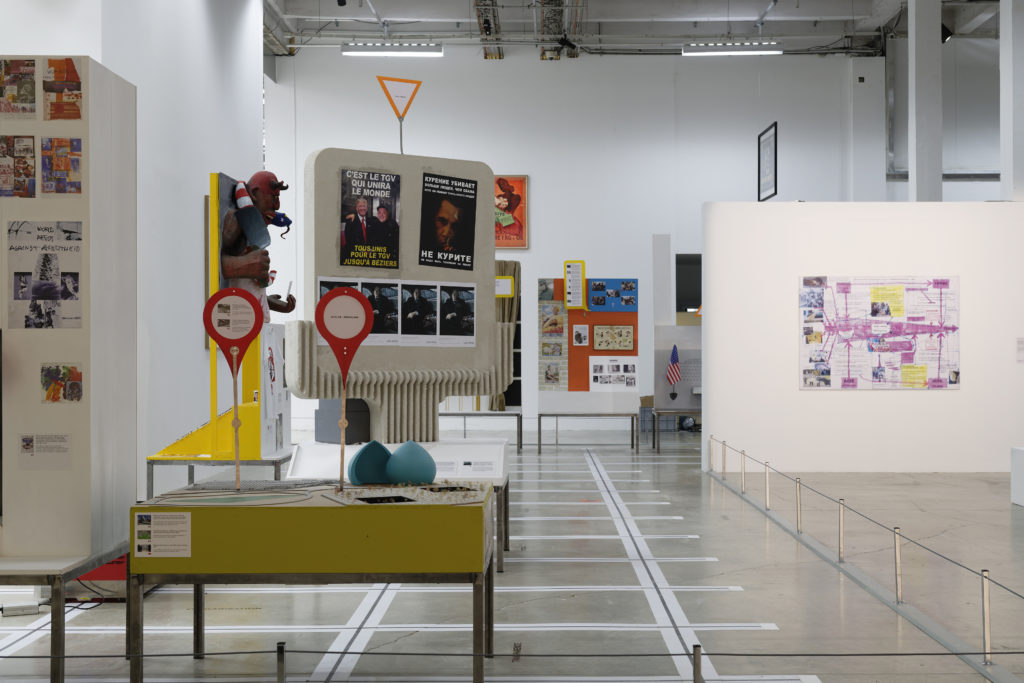Floating points

When I left the “Artists and Robots” exhibition, I felt a certain unease. I felt very far from what I had seen and even if some historical works were important, even if others were part of my personal journey (Les Pissenlits de Bret and Couchot) the filiation built focused on the relationship between art and mathematics. Duchamp, Picabia, Warhol or Thek were left out.
For me, it is not a question of criticising the works in this exhibition, but of analysing an overall impression, the choices of the curators, because when an artist addresses a criticism, one can always think that he does so out of jealousy.
Thinking back to this exhibition, which seemed to me to have such a modernist discourse and whose form was so nostalgic, I wondered about the very classical presentation of the works, mainly hung on the walls, I thought about the absence of atmosphere and context. I couldn’t get into the works because there was no space to infiltrate them. I understood very well what they were talking about and the curators on screens explained it to me orally. I then rethought two very different exhibitions, but which seemed to me to be much more strongly involved in our time and in the question of technique: Tarik Kiswanson at the Ricard Foundation and Neil Beloufa at the Palais de Tokyo.
I do not want to detail these two exhibitions, which would deserve a thorough analysis, but in both exhibitions there are free associations. At Kiswanson, offices and isolation boxes for newborns, something technological and biological, something from childhood. At Beloufa, the Paris Commune and the Bitcoin, and especially this work with Hito Steyerl where robots move tables in order to recompose indefinitely a history of the near past.
These two exhibitions have a floating meaning. We understand that there is a meaning, but it is never explicit, it remains floating because the elements are linked together by analogy. Their proximity is a function of differences. What forms the similarity of the elements is the balance between homogeneity and heterogeneity, between vectors and noises. The formation of meaning is floating because there is a void between the exposed elements and the viewer can infiltrate this void. The void is indispensable in an age saturated by media significance. It is the only way to appropriate the formation of meaning, to realize its individuation (with the risk of course that the spectator does not make this effort of infiltration). These exhibitions have a floating atmosphere and this emotional floating tone seems to me something very specific in contemporary art.
In the Grand Palais exhibition, there is a desire not to lose the spectator, to explain to him what he sees. And indeed, we understand very well what we see. You may find it beautiful or ugly, but you understand what the work is about. Perhaps the absence of a socio-political context, of a historical background, and especially of floating worlds, has distanced me from what I have seen. On the one hand there is a fiction without narration, a fiction of possibilities, on the other a structured and explicit narration in the manner of the discourse of innovation.
